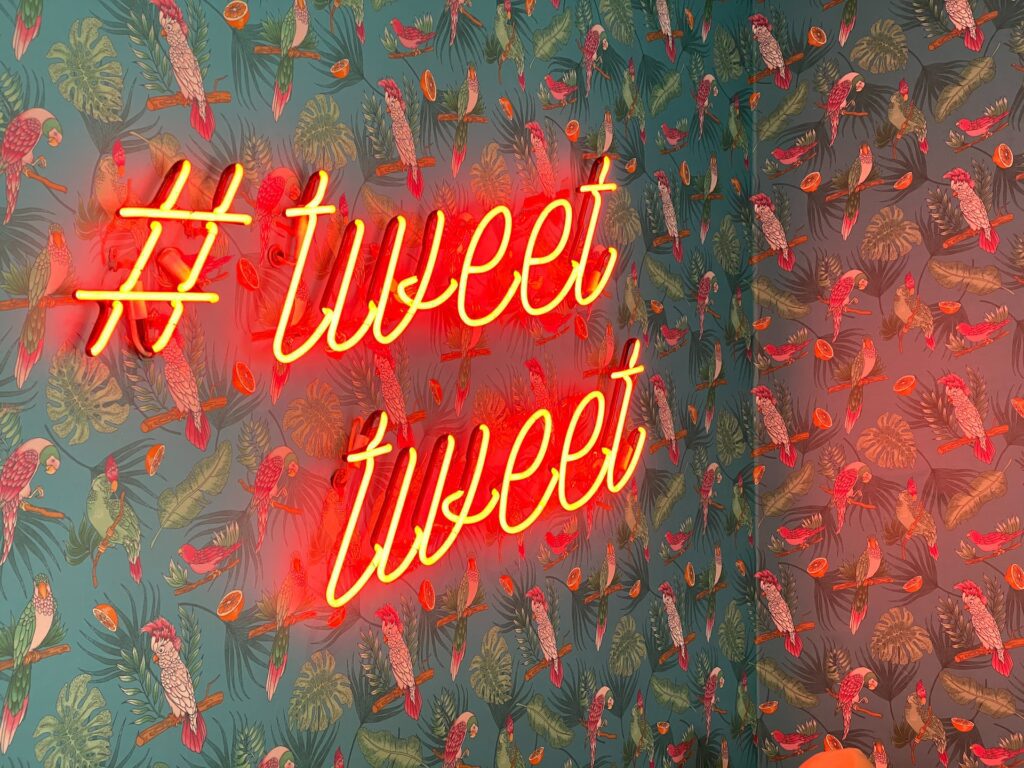A Quick Guide for Using Hashtags

Hashtags are small, but mighty. When using social media, hashtags can often help with the success of your posts, shares, likes, and even follower counts. Hashtags are used on a variety of different social media and video sharing sites and using them effectively can pay off in the long run.
What is a Hashtag?
Hashtags are keywords or phrases with a pound symbol in front of them. An example would be “#fashion” or “#photography.”
Hashtags were created in 2007 and stemmed from Twitter originally. Chris Messina, the originator of hashtags, thought it would be a good way to filter content on the platform (CNBC).
While hashtags wouldn’t be commonly used for another couple of years, their reach on the internet is now widespread. Nearly every social media platform has a hashtag system.
Why Use Hashtags?
Hashtags can be used to get creator generated content to a certain audience. By using hashtags that pertain to the content of your posts, audiences will be attracted to your page. If someone is looking for a makeup tutorial or recommendation, and a creator tags “#makeup” and “#makeuptutorial,” the viewer will be able to quickly sort through the videos and posts using these tags and watch, like, and comment on the posts they like.
On some social media sites, like Twitter, trending hashtags are provided to users. The top 29 trending hashtags are kept on the “Trending” page of Twitter. This provides users with current events and even allows them to use the trending hashtag to chime in on the conversation. As a creator, you can get your opinion on a hot button issue to a new audience and potentially gain new followers using hashtags.
Some General Rules
If your hashtag is too long, uses too many words, or is too specific, you decrease the likelihood that an audience will see it. Keeping hashtags general enough that many people might use them, but specific enough that it describes the content you produced will ensure that your content is consumed.
If you use too many hashtags in a post, it can be difficult to read. Some creators opt to put hashtags embedded in sentences, while some like to leave them until the end of the post caption. Both are valid ways of using hashtags but leaving them for the end is the most updated and easy to read way.
You don’t have to use hashtags. If there isn’t an applicable hashtag or you feel it won’t fit with the theme of your post, they are not mandatory. Using hashtags can help with the discovery of your content, but they are not a must on every post.
Hashtags are used to indicate the type of content not only to a user, but to the algorithm. If you publish content about similar topics, the algorithm will know what you post and what users like and start to offer your videos on a home page feed of content.
Using hashtags, while not necessary every time, can increase the chances that your content gets to more eyeballs. Hashtags are not a new idea, but still function as a content filtering strategy for users and creators to get the most from the content they make and consume.






